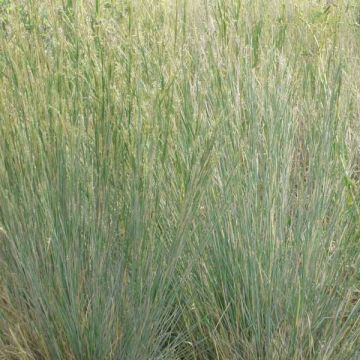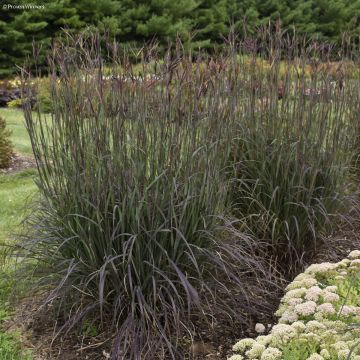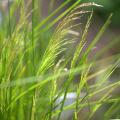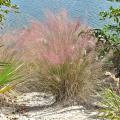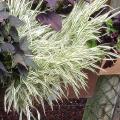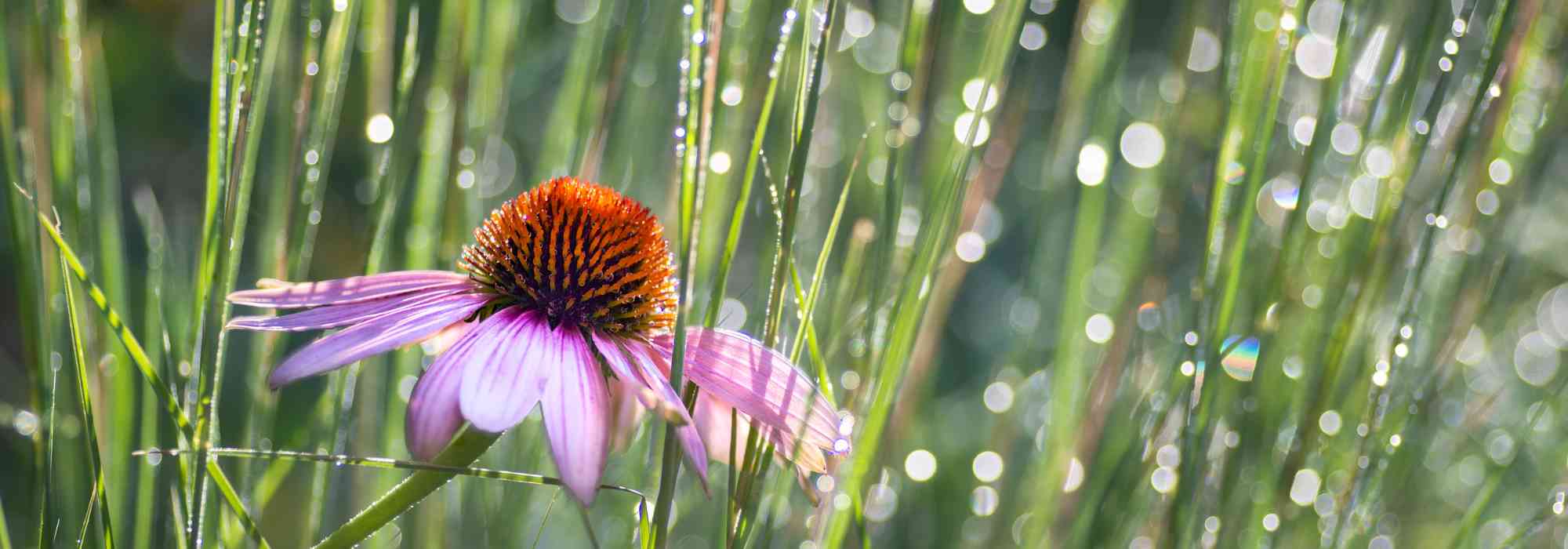Schizachyrium
Would this plant suit my garden? Set up your Plantfit profile →
Available in 2 sizes
Available in 2 sizes
Available in 2 sizes
Available in 1 sizes
Available in 3 sizes
Available in 1 sizes
Available in 2 sizes
Available in 1 sizes
Available in 1 sizes
Available in 2 sizes
Available in 1 sizes
Schizachyrium, like Schizachyrium scoparium, are among the lesser-known grasses that are nevertheless among the most resistant. These robust perennials, native to the meadows of North America, are not lacking in charm, with their bluish foliage that changes colour and brings a natural and picturesque touch to the garden. These plants, also called 'blue stem' or formerly Andropogon, grow in upright, flexible, and fairly dense clumps, deciduous or semi-evergreen in winter, of varying size, measuring from 50 cm (20in) to 1.2 m (4ft) in height and 30 to 50 cm (12 to 20in) in width. Developing from basal rosettes, these clumps are composed of long, slender linear leaves and upright stems bearing inconspicuous flower panicles in late summer. Schizachyrium will be appreciated for their autumn colours: in these grasses, the spring green turns into a more or less vibrant silvery blue in summer before the autumn blaze, in shades of orange, rust, red, bronze, or even violet in the variety 'Blue Heaven', for example. Adapted to difficult conditions in their natural habitat, Schizachyrium tolerates cold, heat, drought, and poor soils. They thrive in the sun, in well-drained soil, where they sometimes self-seed.
Haven't found what you were looking for?











































